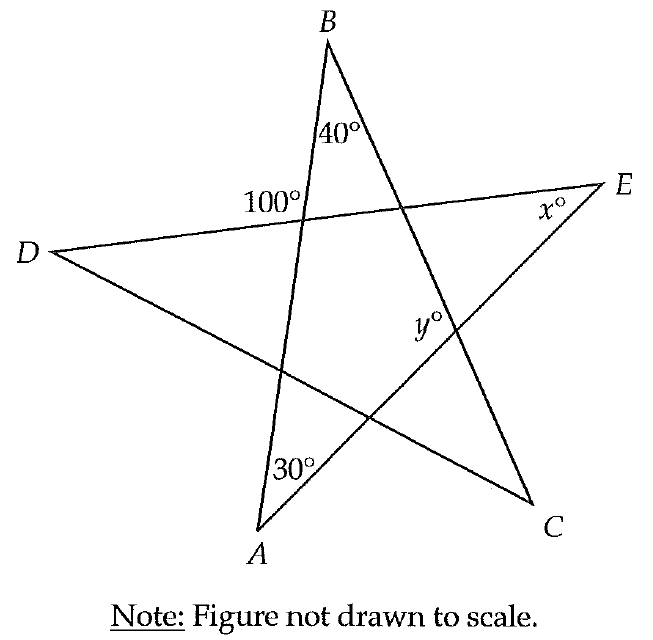BASIC PROPORTIONALITY THEOREM WORKSHEET WITH ANSWERS
(1) In a triangle ABC,D and E are points on the sides AB and AC respectively such that DE is parallel to BC.
(i) If AD = 6 cm, DB = 9 cm and AE = 8 cm, then find AC.
(ii) If AD = 8 cm, AB = 12 cm and AE =12 cm, then find CE. Solution
(iii) If AD = 4 x – 3, BD = 3 x – 1, AE = 8 x – 7 and EC = 5 x – 3, then find the value of x. Solution
(2) In the figure, AP = 3 cm, AR = 4.5 cm, AQ = 6 cm, AB = 5 cm and AC = 10 cm. Find the length of AD.

(3) E and F are points on the sides PQ and PR respectively, of a triangle PQR. For each of the following cases. Verify EF is parallel to QR.
(i) PE = 3.9 cm, EQ = 3 cm, PF = 3.6 cm and FR = 2.4 cm
(ii) PE = 4 cm, QE = 4.5 cm, PF = 8 cm and RF = 9 cm
(4) In the figure, AC is parallel to BD and CF is parallel to DF, if OA = 12 cm, AB = 9 cm, OC = 8 cm and EF = 4.5 cm, then find FQ.

(5) ABCD is a quadrilateral with AB parallel to CD. A line drawn parallel to AB meets AD at P and BC at Q. Prove that (AP/PD) = (BQ/QC) Solution
(6) In t he figure, PC and QK are parallel BC and HK are parallel, if AQ = 6 cm, QH = 4 cm, HP = 5 cm, KC = 18 cm, then find AK and PB.

(7) In the figure DE is parallel to AQ and DF is parallel to AR prove that EF is parallel to QR.

(8) In the figure the sides DE and AB are parallel and DF and AC are parallel. Prove that EF and BC are parallel.

Kindly mail your feedback to v4formath@gmail.com
We always appreciate your feedback.
©All rights reserved. onlinemath4all.com
Recent Articles
-
Digital SAT Math Problems and Solutions (Part - 134)
Apr 02, 25 12:40 AM
Digital SAT Math Problems and Solutions (Part - 134) -
SAT Math Resources (Videos, Concepts, Worksheets and More)
Apr 02, 25 12:35 AM
SAT Math Resources (Videos, Concepts, Worksheets and More) -
Digital SAT Math Problems and Solutions (Part 135)
Apr 02, 25 12:32 AM
Digital SAT Math Problems and Solutions (Part 135)

